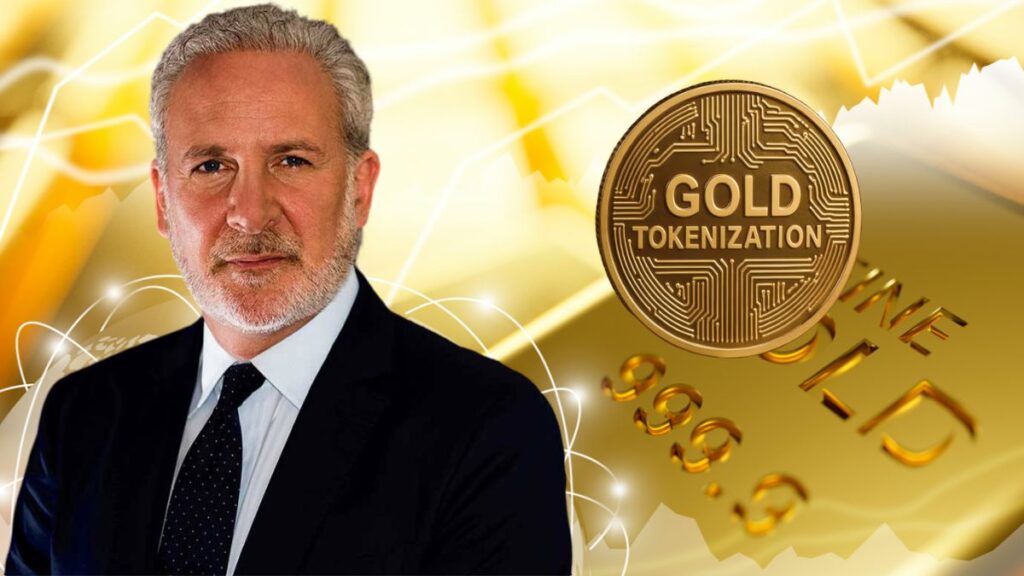TL;DR
- Peter Schiff’s thesis: Tokenized gold will “eat Bitcoin’s lunch,” reducing the need for BTC and dollar stablecoins as on-chain treasuries scale. He casts redeemable bullion on crypto rails.
- BioSig tokenized treasury: BioSig raised about $1.1 billion and merged with Streamex to back its treasury with tokenized gold on Solana rails. Schiff cites the move as a template for public companies.
- Centralization risk debate: Supporters tout liquidity, security, and access, while critics warn of issuer trust, redemption, and censorship risks on centralized chains.
Peter Schiff is sharpening his critique of Bitcoin, arguing that tokenized gold will outcompete both BTC and dollar stablecoins as institutional treasuries migrate on-chain. His latest salvo follows a corporate move to anchor reserves in tokenized bullion rather than crypto, reviving a perennial debate about trust, custody, and what counts as sound digital money.
This is what I've been saying for years. The best monetary asset to tokenize is gold. Tokenized gold impoves on all the monetary characeristics that gold has than Bitcoin lacks. It solves all the problems that Bitcoin can't. https://t.co/NNalYnOmc6
— Peter Schiff (@PeterSchiff) August 14, 2025
Schiff’s latest claim
In posts this week, Peter Schiff said tokenized gold will “eat Bitcoin’s lunch,” contending that once a redeemable gold coin exists at scale, the market will have little use for BTC or fiat-backed stablecoins. He frames tokenized bullion as sound money with the added benefits of 24/7 transfer and divisibility, positioning it as a superior settlement asset for on-chain finance.
BioSig’s tokenized treasury catalyst

Peter Schiff’s comments followed BioSig Technologies’ announcement that it raised about $1.1 billion to build a treasury backed by tokenized gold after merging with Streamex, a Solana-based tokenization platform. Rather than adopt a crypto-denominated corporate treasury, BioSig plans to combine traditional gold exposure with blockchain rails, a choice Peter Schiff holds up as a template for other public companies considering on-chain liquidity and compliance.
Why tokenized gold, according to supporters
Proponents argue that tokenization enhances gold’s monetary profile by adding global access, programmable transfers, and lower barriers to custody and settlement. Streamex lists liquidity, security, and accessibility among the chief benefits, claiming tokenized claims on vaulted metal deliver the scarcity of bullion with the speed of crypto rails. Peter Schiff says tokenization fixes what he sees as Bitcoin’s weaknesses without sacrificing gold’s centuries-long credibility.
Centralization and counterparty risks
Skeptics counter that tokenized gold reintroduces trust in issuers and custodians, inviting censorship risk, redemption failures, or governance capture on centralized chains. Bitcoiners argue a bearer instrument with no counterparty is precisely the point, and that tokenized claims can never substitute for self-custodied assets.
Even so, the move by a listed company has sharpened the spotlight on how traditional commodities might be packaged for on-chain demand. For investors weighing narratives, the debate now centers on whether programmability plus redeemability can outcompete scarcity plus neutrality, and which model better fits the next wave of on-chain corporate treasuries globally.










